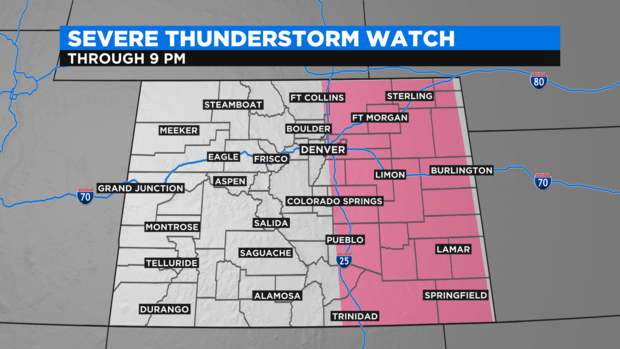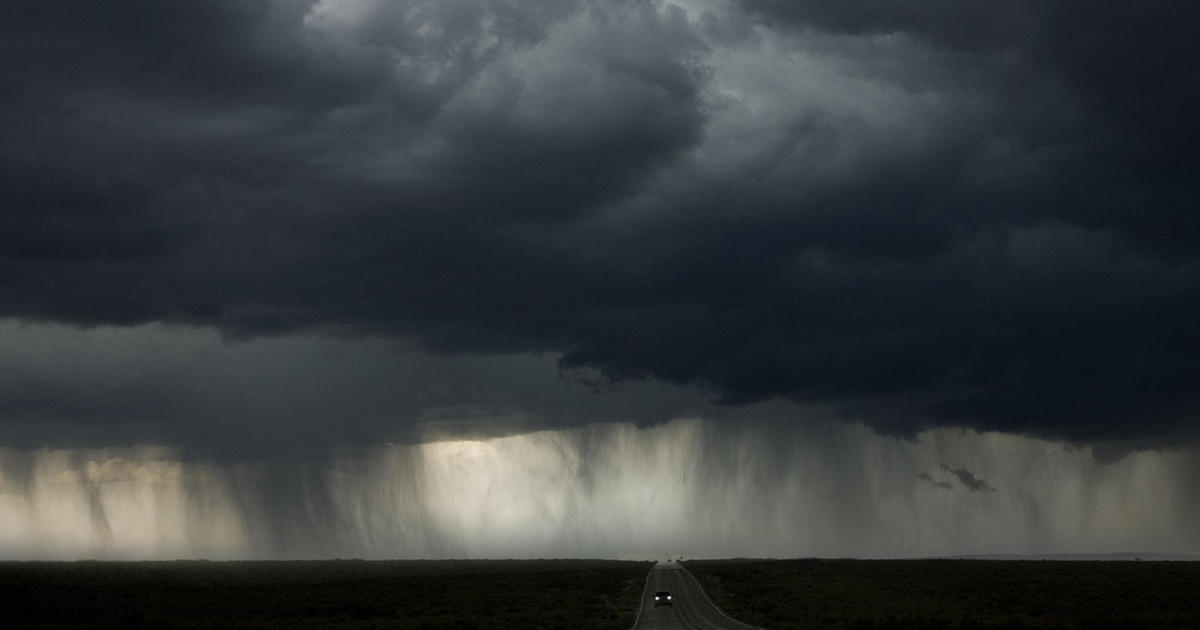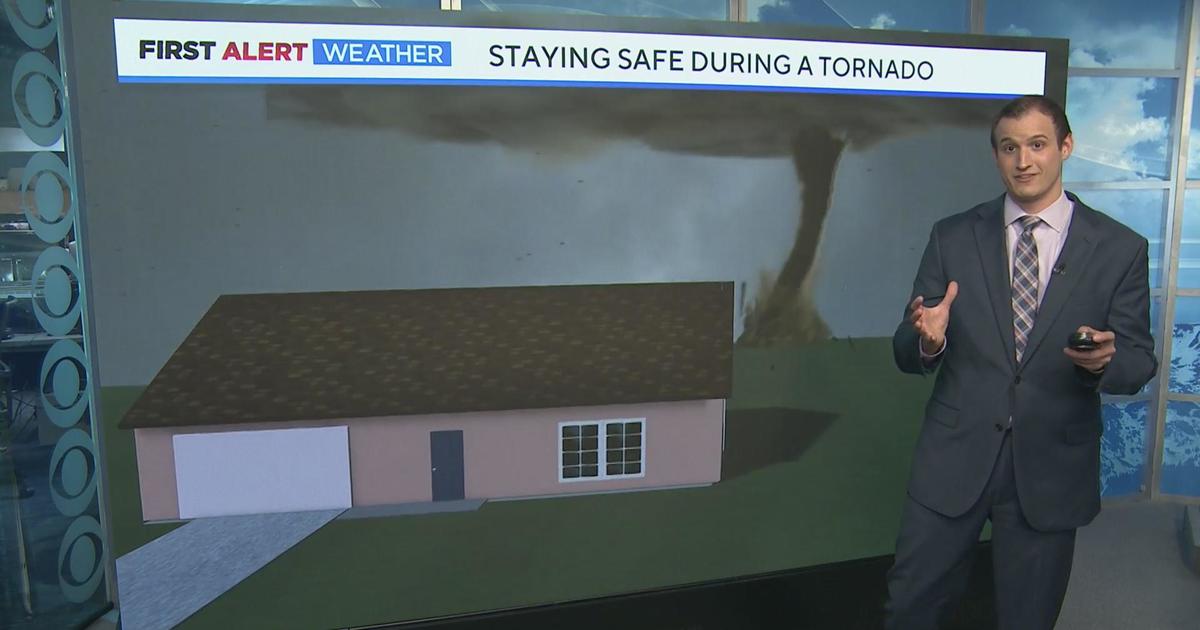Colorado Severe Weather Awareness Week: The Difference Between Watches And Warnings
DENVER (CBS4) - It's Severe Weather Awareness Week across Colorado and today's message is about the difference between a watch and warning. It may sound simple but it's important to understand because soon we'll be entering the time of year where strong to severe thunderstorms and other warm season hazards, such as flash flooding, will potentially threaten life and property.
When severe thunderstorms are possible for an area the National Weather Service, in coordination with the Storms Prediction Center, will issue a watch. These are typically issued within six hours of the expected thunderstorm development. A watch is simply telling you that conditions are favorable for storms in your area and to watch for updates to the forecast.
When a watch is issued it's a great time to take any precautions necessary in case thunderstorms do develop and threaten your location. Securing loose objects outside and making space for your car inside the garage are examples of things you can do to prepare.
When a watch is issued the highlighted counties show where the greatest threat exists, but even those who live close to the watch should pay attention to the forecast for the possibility of rapidly changing conditions.
When an area has a risk for severe thunderstorms with hail and high wind, a Severe Thunderstorm Watch will be issued. If there is a large threat for tornadoes then a Tornado Watch will be released. It's important to note that any severe thunderstorm can produce a tornado with little to no advanced warning, even if the tornado risk is relatively low for that day.
When there is a lot of moisture in the air and heavy rain is possible from slow-moving thunderstorms a Flash Flood Watch will be issued. We'll potentially see a lot of these this summer in and around all of the burn scars from recent forest fires.
When a thunderstorm turns severe the National Weather Service will issue a warning. This is more urgent than a watch. It means that severe weather is either in progress or expected to move into the warned area within a matter of minutes. Warnings can be issued for severe thunderstorms, tornadoes and flash flooding.

It's important to have several sources to receive watch and warning information this severe weather season. The free CBS Denver Weather app can send notifications for your area and the interactive radar is great for tracking storms in real-time. You can set the app to follow your location when traveling. Just search CBS Denver Weather in your app store to download this great tool.
At home it's a good idea to have a NOAA Weather Radio which will automatically sound any watch or warning information issued for your area. Please don't count on outdoor severe weather sirens to be your alert. They are not designed to alert people indoors. Over the air television and radio are also important sources of information. It's a good idea to have multiple ways to get watches and warnings in the event of a power outage.
Another tool you can utilize this storm season is the daily storm outlook from the Storms Prediction Center in Norman, Oklahoma. You'll often hear meteorologists refer to this as the SPC outlook. These outlooks will tell you if there is a risk for severe storms in your area. The risk is classified as marginal, slight, enhanced, moderate or high.
Marginal outlooks are very common in Colorado and can end up being active days despite the mentality of the marginal category being less urgent than a high risk. You can find the latest "today" and "tomorrow" thunderstorm outlook on our Hiking Weather page by clicking here.






